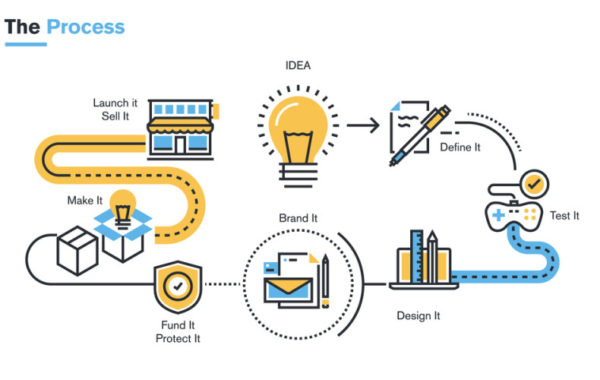Creative social media campaigns are mandatory during the successful release of a new mobile application. During the software development process, the software team will design and create the new mobile app. A parallel process is the development of your social media campaign. This is how you will announce your new app to the world. Both of these efforts are mission critical to your application’s survival in the marketplace.
You must create a demand for your product. The development of momentum and interest in your project is an absolute must-do. Keep your audience focused upon only one thing – why they must have your app. While you create your social media campaign, your focus of purpose must permeate each and every action.
Key social media ideas for a mobile app campaign:
- Each brand has a unique identity. The individual features that separate you from the completion are yours to use or lose. Be sure that you highlight those differences.
- Stay consistent. As your media efforts crossover between various platforms and campaigns, be sure that you remain centered upon the original identity of your product. Move your campaigns around your product, not your product around your campaigns. If you lose the focus of your product’s identity, there is no possibility that your audience will ever be able to follow you.
- Emphasize the benefits. Apps must be the solution to a problem. That problem may simply be avoiding boredom (solved with a game), finding information or saving money. By emphasizing benefits rather than features, you compel your audience to click through and download the app. Emphasizing the features of your app – such as its functionality or the speed at which it operates is important, but it will not create demand. Provide a solution to your user’s problem.
- Don’t Be Afraid of Native Ads. In-newsfeed ads, especially on Facebook and Twitter, can be effective tools to promote your new mobile app. Detailed targeting methods allow you to push your message directly to a specific audience. Both Twitter and Facebook offer marketing solutions that are especially enticing for app developers. Twitter’s App Card allows you to add rich media beyond the 140-character limit. This extra media changes the presence of your ad, helping to persuade consumers that your app is right for them. Marketers can specify “App Download” as the goal of their native ad on Facebook, which allows them to track how many users downloaded their app as a direct result of the ad.
Your goal is to market the unique identity of your new application. Stay on task with specific goals for your project. Be certain that your media team is in perfect unison with your software development team.
Colure Media is New york based advertising and marketing agency. Advertising and marketing company offers comprehensive strategies and solutions to help businesses create impactful campaigns, increase brand visibility, and drive targeted online traffic. If you are interested for mobile marketing, Contact us now.




























